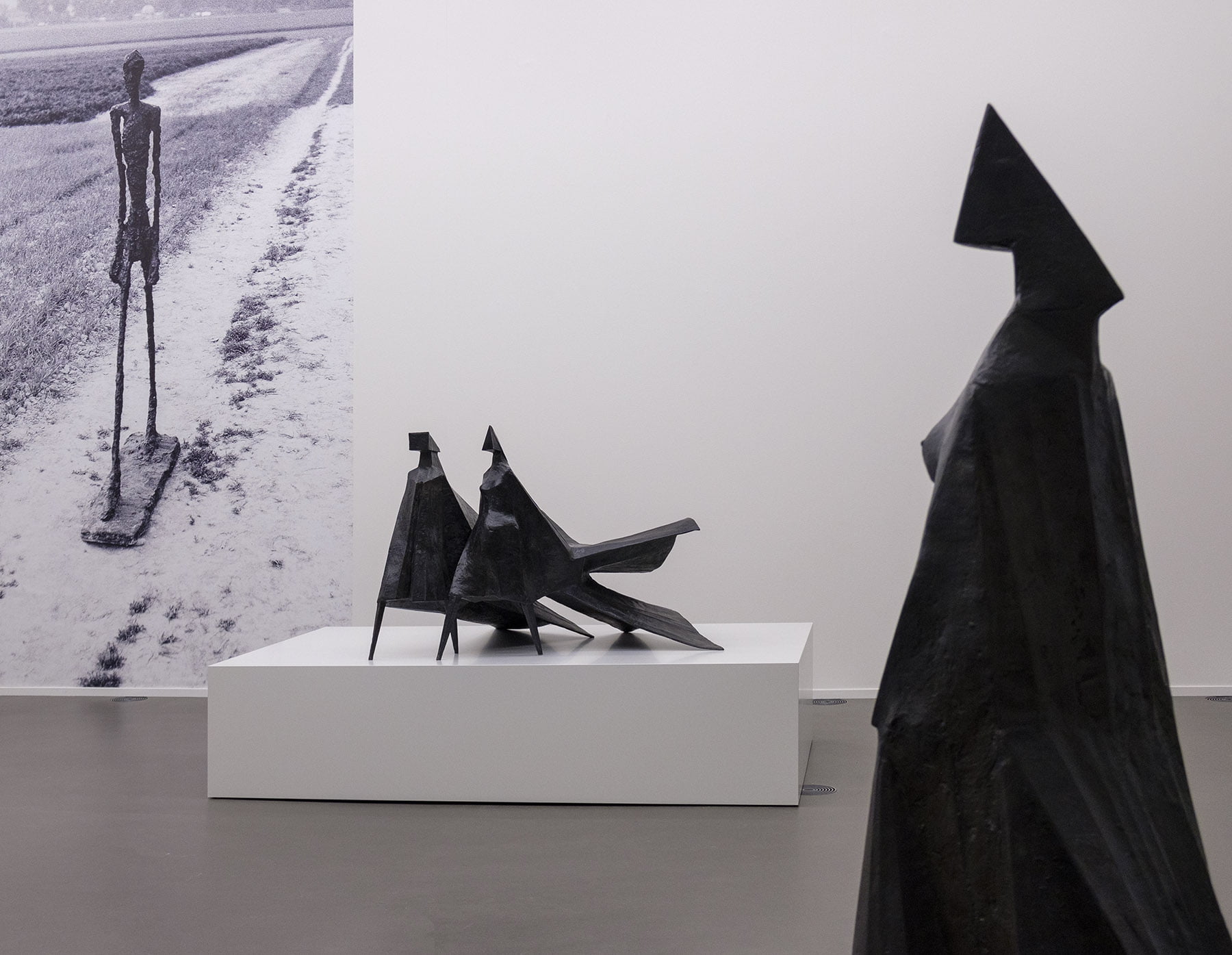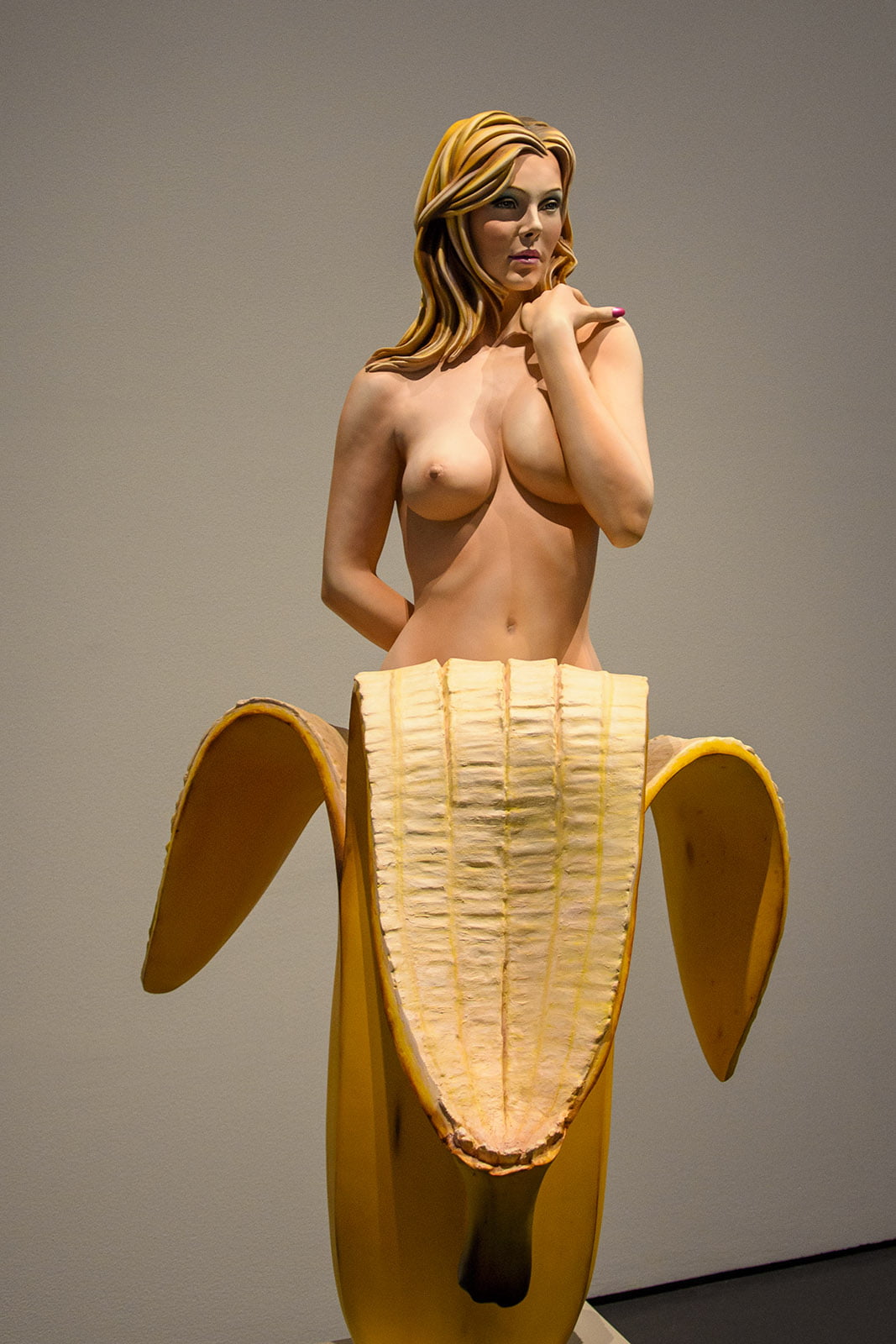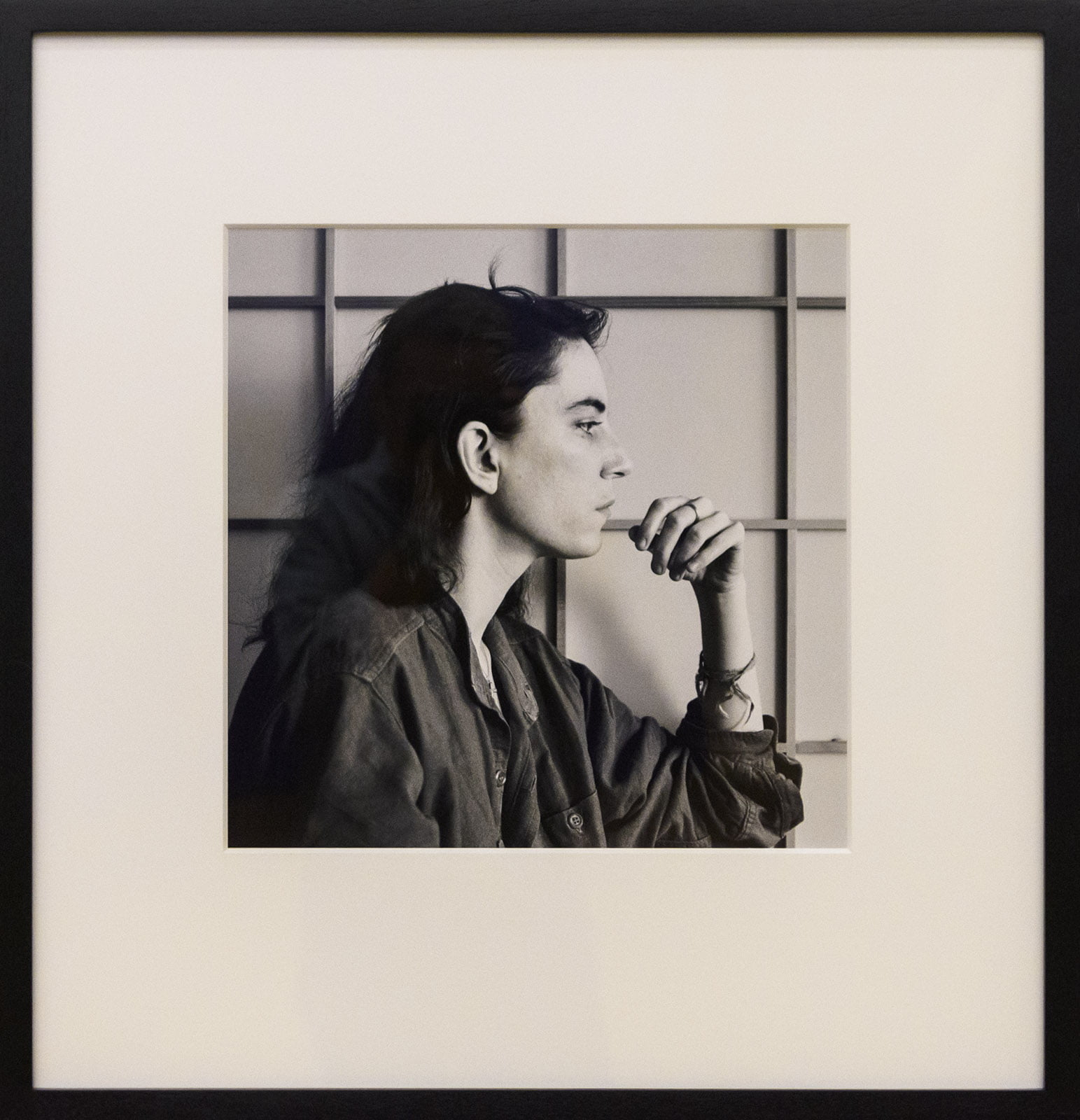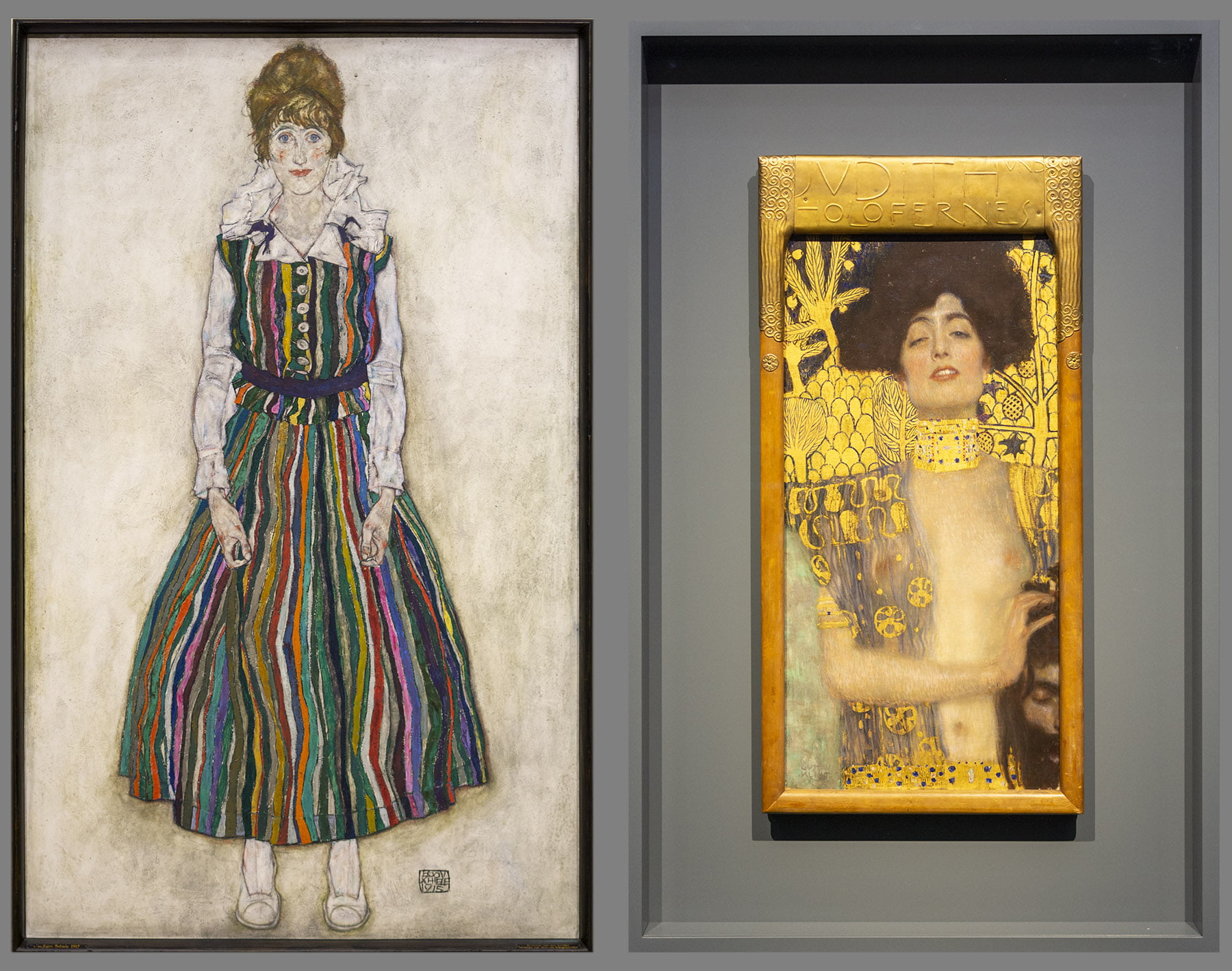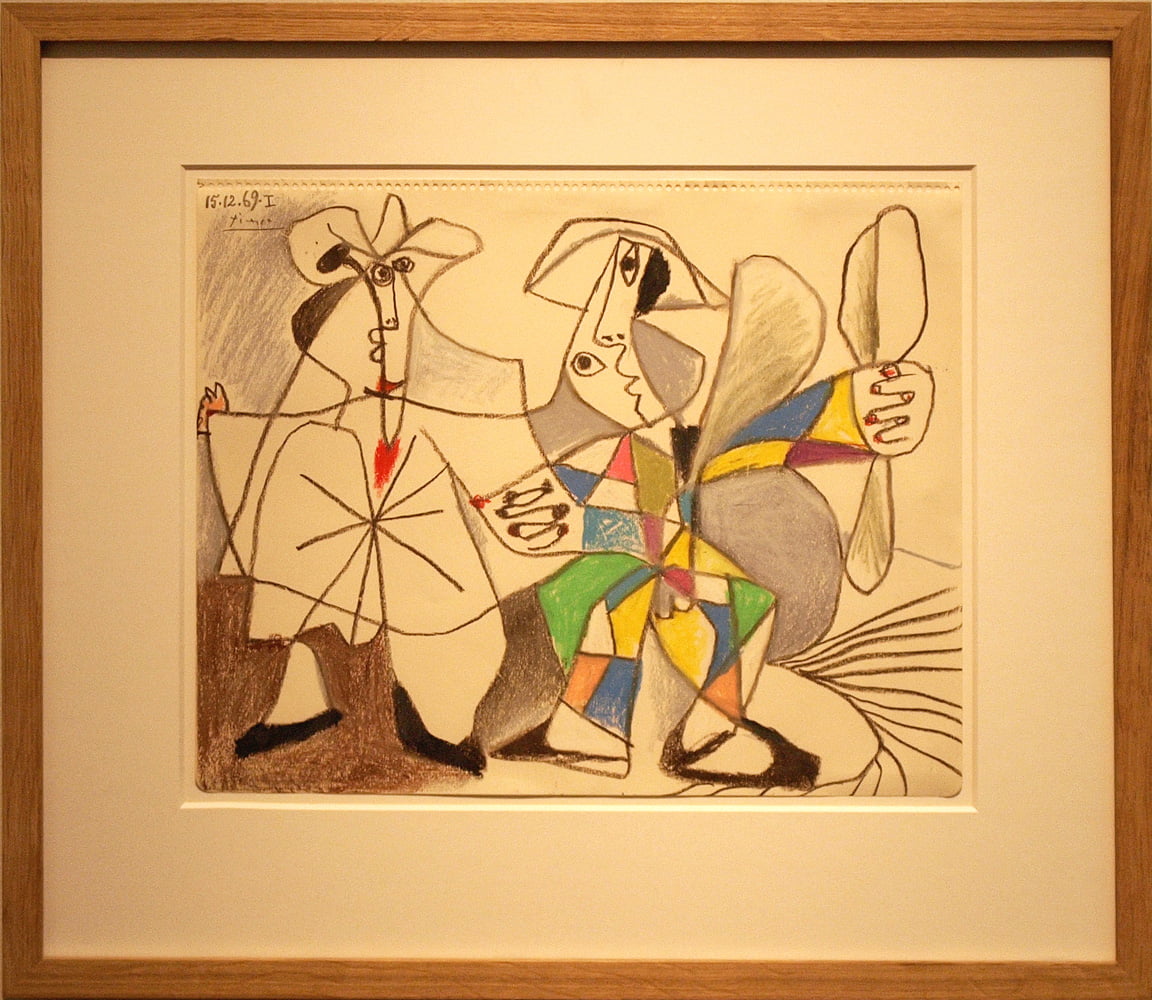Alexej von Jawlensky
Expressionism and Devotion
Museum
Kunstmuseum, The Hague
Date
January 4, 2019
Expo
Alexej von Jawlensky – Expressionism and Devotion
Alexej von Jawlensky (1884-1941) studied art in Sint Petersburg and left Russia in 1896. He stayed with painter Marianne von Werefkin in Düsseldorf, Germany, where he met Kandinsky. They became friends.
After a longer stay in France he and Marianne (became his wife in the mean time) landen in 1908 in a small village in Germany, together with Wassily Kandinsky and Gabriëlle Munster, all expressionist painters. Together with them and other Russian painters contributed to the formation of the Neue Künstlervereinigung München. In this period (1910) the paintings were rich colourful and later moved towards abstraction, a simplified style.
After only a year Jawlensky left this group and started a new artgroup called Der Blaue Reiter, together with Franz Marc.
During WW I Jawlensky was in Germany seen as the enemy and he fled to Switzerland in 1914. Inspired by the music of Bach's Goldbergvariations he painted the same portrait over and over again, the one somehow different from the other, but also more and more abstract.
In 1922 Alexej and Marianne divorced and Alexej stayed in Wiesbaden. Later he suffered from arthritis which paralyzed his fingers and elbows. In the years '30 he could still paint with his arms stretched, but finally forced a cessation in his painting in 1937.



















